Mustard Powder vs Mustard Seed: A Spicy Showdown for Your Kitchen Shelf!
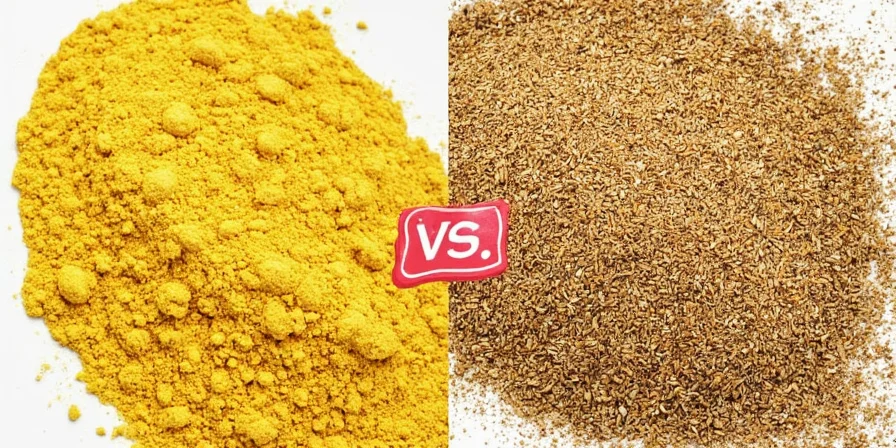
Welcome to the ultimate spicy face-off! If you’ve ever stood in front of your spice rack, scratching your head and wondering whether you should use mustard powder or mustard seeds, then this article is for you. Both come from the same plant family, but they’re as different as night and day when it comes to flavor, application, and culinary magic.
Table of Contents
- Introduction
- What Are Mustard Seeds?
- What Is Mustard Powder?
- Head-to-Head: Seeds vs Powder
- Pro Tips: When to Use What
- Cooking with Mustard: Recipes & Tricks
- Conclusion
A Quick Intro: Why This Comparison Matters
You might think that grinding mustard seeds into powder is just convenience packaging — like choosing between fresh garlic and garlic powder. But the truth is, each form has its own unique character and purpose in the kitchen.
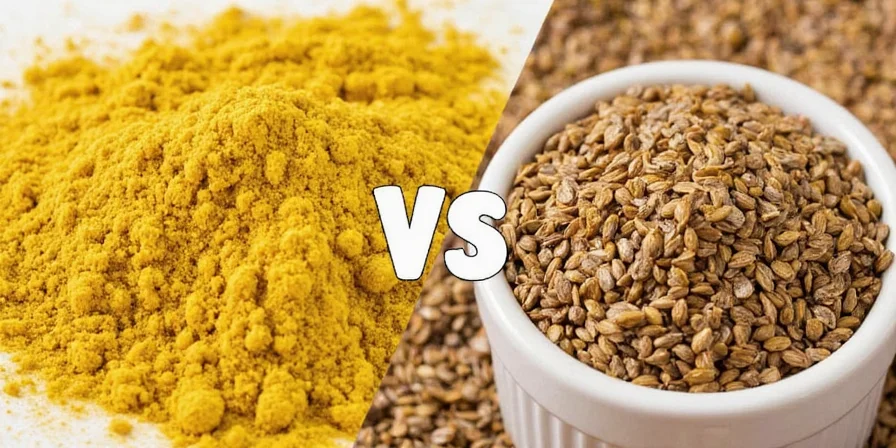
What Are Mustard Seeds?
Mustard seeds are tiny, round seeds that come in several varieties: yellow (white), brown, and black. Each brings a slightly different level of heat and aroma to the table:
- Yellow Mustard Seeds: Milder and commonly used in American-style mustards and pickling recipes.
- Brown Mustard Seeds: Slightly hotter, popular in Dijon-style mustards and Indian cooking.
- Black Mustard Seeds: The spiciest of the bunch, often found in traditional Indian tadka (tempering) and some European dishes.
Key Characteristics of Mustard Seeds:
- Whole, unground texture
- Release flavor when crushed or cooked
- Can be toasted for enhanced nutty flavor
- Used both raw and cooked in various cuisines
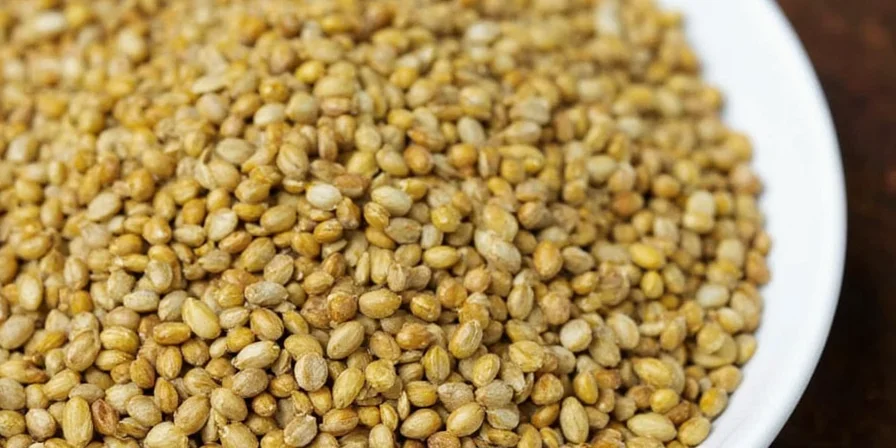
What Is Mustard Powder?
Mustard powder is simply ground mustard seeds. It can come from any variety — yellow, brown, or black — and sometimes includes other spices or flavorings like turmeric or wheat flour (as in English mustard powders).
The advantage? It’s ready to use and dissolves easily, making it perfect for mixing into sauces, marinades, or dry rubs without any extra steps.
Key Characteristics of Mustard Powder:
- Instantly usable, no grinding or crushing needed
- Stronger initial bite than whole seeds
- Loses potency faster if not stored properly
- Ideal for blending into pastes, sauces, and dressings
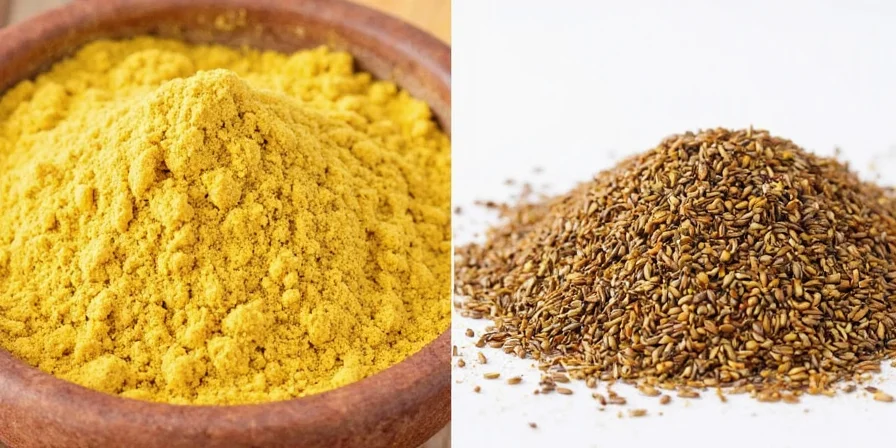
Head-to-Head: Mustard Seeds vs Mustard Powder
| Feature | Mustard Seeds | Mustard Powder |
|---|---|---|
| Flavor Release | Requires activation (toasting, grinding, or soaking) | Immediate, strong flavor |
| Cooking Time | Better with time; develops complexity when cooked | Best added near end of cooking |
| Shelf Life | Lasts years if stored dry and cool | Starts losing potency after ~6 months |
| Texture | Crunchy/whole seeds | Smoother, paste-like |
| Common Uses | Pickling, tempering, brines, marinades | Dressings, sauces, rubs, instant mustards |

Pro Tips: When to Use What
If you're trying to decide between mustard seeds and mustard powder, here's a quick cheat sheet to help you choose:
- Use mustard seeds when:
- You want a crunchy texture or popping effect (like in curries).
- You’re tempering oil at the start of a dish (tadka or chaunk in Indian cooking).
- You need long-term storage and versatility.
- Use mustard powder when:
- You need an instant punch of flavor in a sauce or dressing.
- You’re mixing it into a dry rub or batter.
- You don’t have a mortar and pestle handy (we’ve all been there).
Quick Tip: Substitute Like a Pro
Need to substitute one for the other in a pinch? Here’s how:
- Multiply the amount: Use about 1 teaspoon of mustard powder for every 1 tablespoon of mustard seeds.
- Grind them up: Crush mustard seeds with a mortar and pestle or spice grinder if you need a powdered version quickly.
- Soak seeds: To mimic the flavor of powder, soak whole seeds in water, vinegar, or wine until softened.
Cooking with Mustard: Recipes & Tricks
Let’s get practical! Here are a few ways to make the most out of both forms:
1. Classic Pickling Brine (Mustard Seeds Shine Here)
Ingredients:
- 1 cup apple cider vinegar
- 1 tsp mustard seeds
- 1 tsp black peppercorns
- 1 clove garlic
- 1 tsp sugar
Method:
- Heat all ingredients except garlic until sugar dissolves.
- Add garlic cloves to your jars.
- Pour hot brine over vegetables or eggs and let sit overnight.
2. Zesty Mustard Vinaigrette (Powder to the Rescue)
Ingredients:
- 3 tbsp olive oil
- 1 tbsp white wine vinegar
- ½ tsp mustard powder
- Pinch of salt and pepper
Method:
- Whisk all ingredients together until emulsified.
- Taste and adjust seasoning.
- Drizzle over salads, roasted veggies, or grilled chicken.
3. South Indian Tadka Tempering (Seeds Win Again)
Ingredients:
- 1 tbsp coconut oil
- 1 tsp mustard seeds
- ¼ tsp urad dal (optional)
- A few curry leaves
Method:
- Heat oil in a small pan until shimmering.
- Add mustard seeds and cover immediately — they pop like popcorn!
- Once popping slows down, add urad dal and curry leaves.
- Pour the hot tempering over rice, dals, or rasam for an aromatic boost.
Final Thoughts: Spice Smart, Not Hard
So, which one wins in the mustard battle? The real winner is YOU — because now you know exactly when to reach for mustard seeds and when mustard powder will save your recipe.
Remember:
- Mustard seeds bring depth, texture, and a slow-burn kick.
- Mustard powder delivers instant, bold flavor without the fuss.
Whether you’re pickling, marinating, or making a tangy vinaigrette, understanding the difference between mustard powder and mustard seed lets you season like a pro.
Keep both on your shelf. Know their strengths. And most importantly… keep cooking spicy!
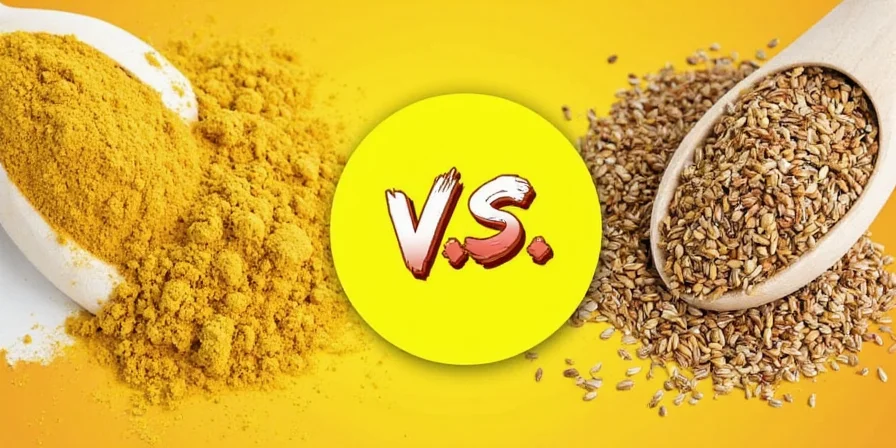

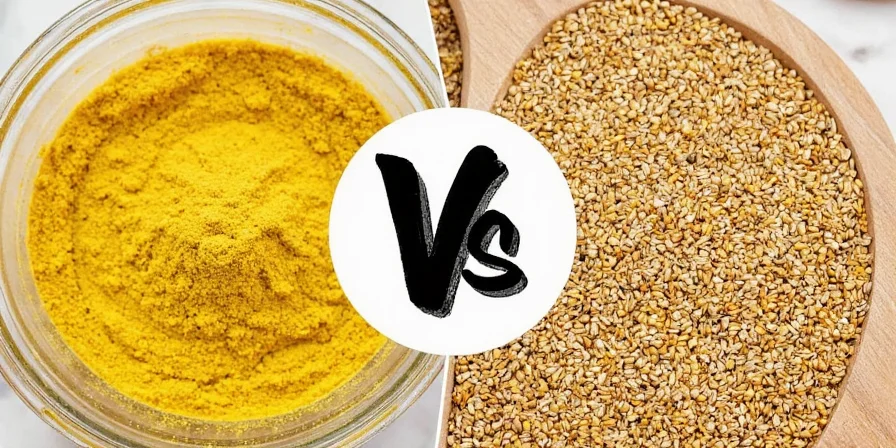









 浙公网安备
33010002000092号
浙公网安备
33010002000092号 浙B2-20120091-4
浙B2-20120091-4